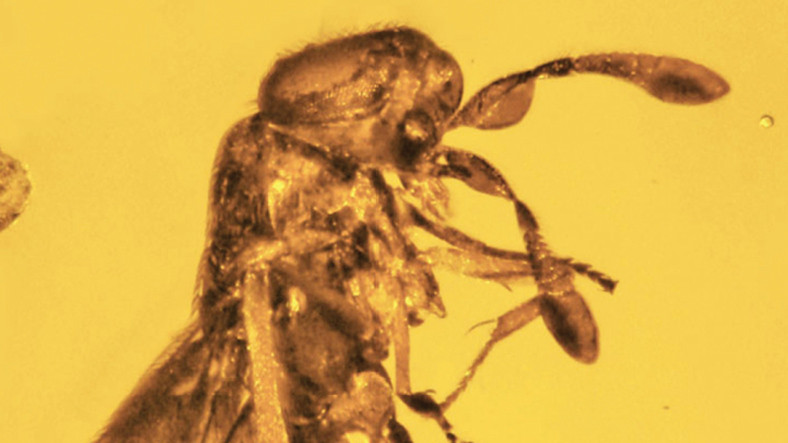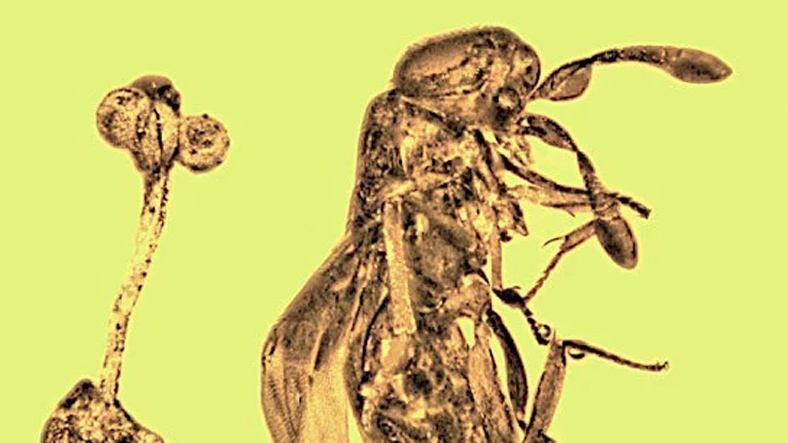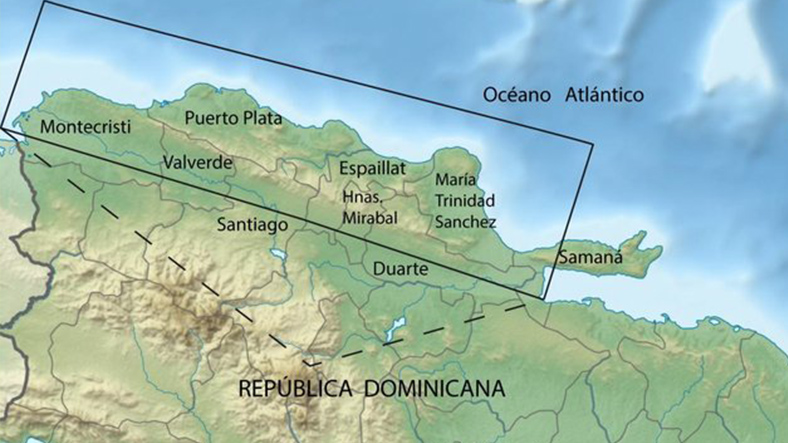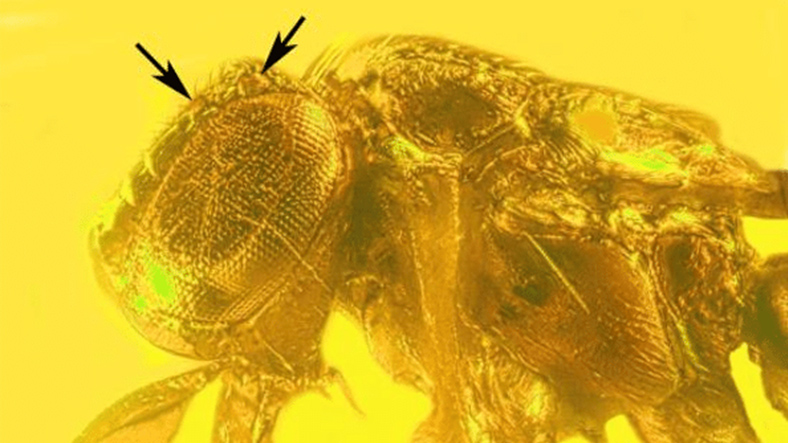Fossil of bees and flowers found trapped in amber for 30 million years
- July 19, 2022
- 0
Amber is of great importance to science because the things trapped in it can be preserved to this day without deteriorating to a level that can be studied
Amber is of great importance to science because the things trapped in it can be preserved to this day without deteriorating to a level that can be studied

Amber is of great importance to science because the things trapped in it can be preserved to this day without deteriorating to a level that can be studied even after millions of years. Earlier we told you about insects, dinosaur fossils and even crabs that emerged hidden in amber.
Amber patterns can also trap living things as they form, making it easier for us to shed light on the past in today’s science. During an excavation in the context of research into prehistory, a new amber fungus further discovered.

The research is based on research that extracts the beetle’s DNA from Dominican amber. Inspiring Jurassic Park By George Poinar. Poinar’s latest research revealed the first fossil of the plant genus Plukenetia. poinar“Fossils of members of this plant family are extremely rare, I was only able to find one plant fossil before” say.
Familiar Dominican amberextinct species that scientists once believed thrived in a humid tropical forest ecosystem. From the tree Hymenaea protera It is a fossilized resin. The newly discovered fossil of flowers, flies and wasps was also found in a Dominican amber.

The specimen you see in the photo above was excavated in the mountain area of la Cordillera Septentrional. In the studies conducted on the sample, the fossils Dating 30-45 million years ago they were diagnosed.
The only discovery of Poinar is not plants, as you can see, There is also a bee. Modern members of the genus Euphorbia (living relatives of the fossilized plant) is pollinated by small wasps, so this wasp is thought to play a similar ecological role.

The fossilized wasp Hambletonia Dominicana, discovered and named by Poinar in 2020, is a parasite, a group of parasites known to lay their young with eggs or larvae of smaller insects that become food for the developing young wasp. vinegar wasp.
Using high-definition imaging, Poinar found a tiny splinter in one of the flower’s developing seeds. gall midge (Cecidomyiidae) larva and also noted the damage to the ovarian capsule where the mosquito lives. Poinar speculates that after the wasp hatches, it may be attracted to the infected flower to lay an egg that will soon parasitize the gall midge larva.
However, it seems that a sticky resin drop, ruined all plans of the bee and a picture emerged in which these three have been trapped for millions of years. What do you think? Please don’t forget to share your thoughts with us in the comments.
Source: Web Tekno
I’m Maurice Knox, a professional news writer with a focus on science. I work for Div Bracket. My articles cover everything from the latest scientific breakthroughs to advances in technology and medicine. I have a passion for understanding the world around us and helping people stay informed about important developments in science and beyond.